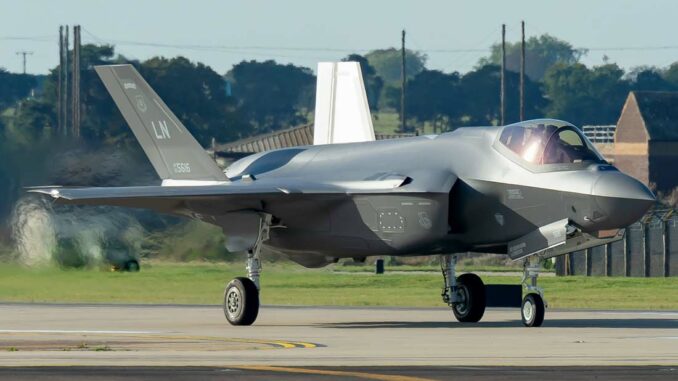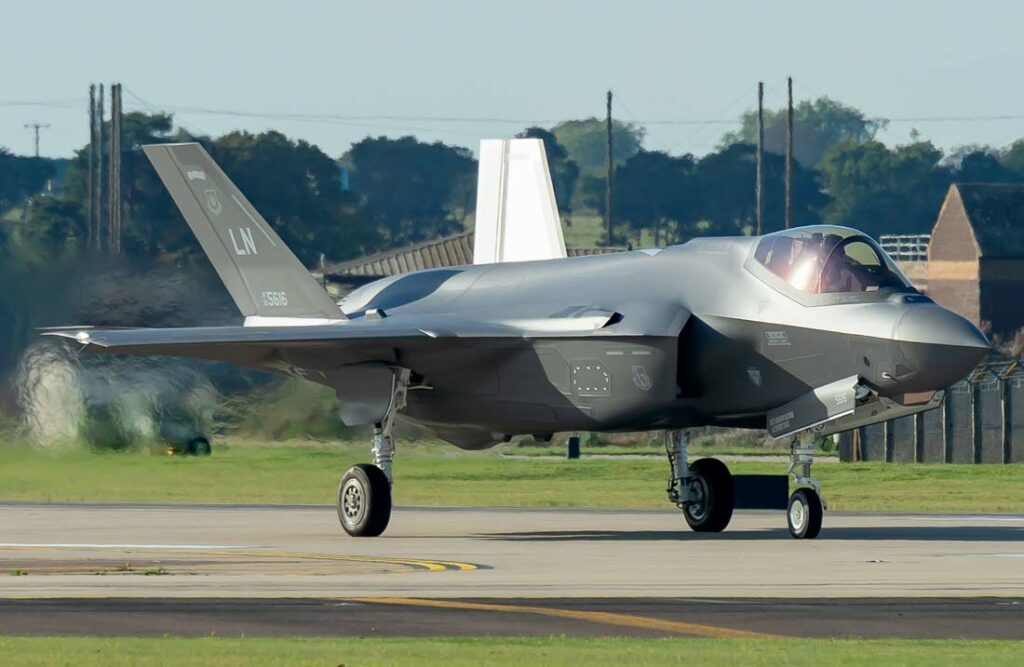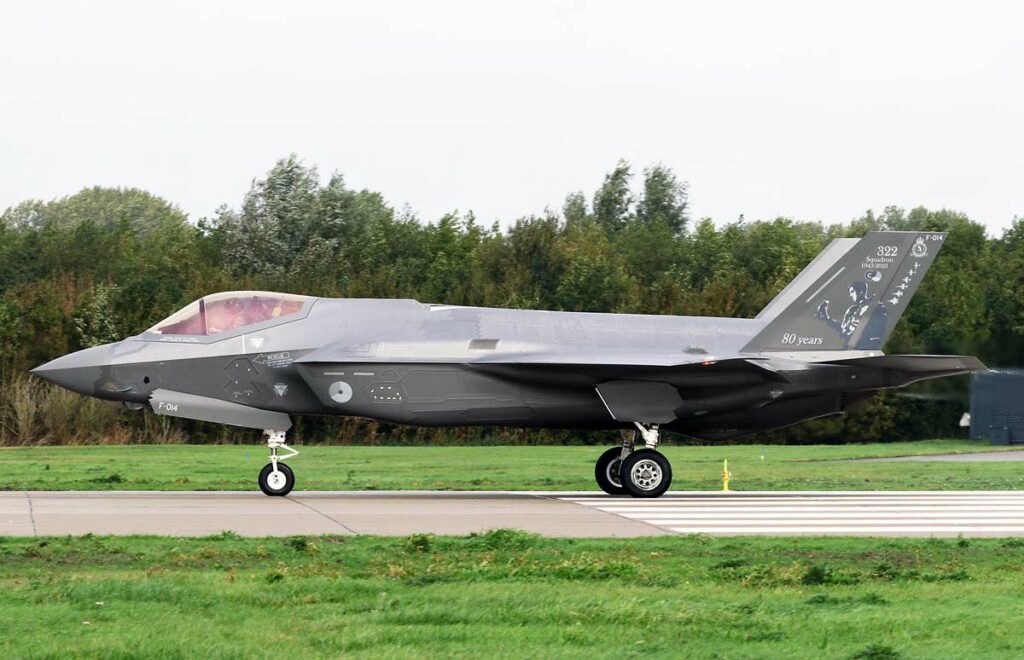
The F-35 Lightning II, developed by Lockheed Martin, is a cutting-edge family of single-seat, single-engine, all-weather stealth multirole combat aircraft. The United States operates a significant fleet of F-35s across its Air Force, Navy, and Marine Corps branches. In this article, we will explore the locations of these fighter jets, their primary missions, and delve into some of the challenges faced by the F-35 program.
As of October 2023, the United States has built and operates approximately 975 F-35 Lightning II aircraft. The U.S. Air Force, in particular, plans to purchase a total of 1,763 F-35A conventional takeoff variants.

Where are located the F-35
The United States has strategically deployed F-35 fighter jets in various locations to ensure national security and military superiority. The largest number of F-35s can be found within the U.S. Air Force, particularly at bases such as Hill Air Force Base in Utah, Luke Air Force Base in Arizona, and Eglin Air Force Base in Florida. These bases serve as primary training centers for pilots and maintenance personnel.
Additionally, the U.S. Marine Corps operates F-35B and F-35C variants. Marine Corps Air Station (MCAS) Yuma in Arizona and MCAS Beaufort in South Carolina are key locations where F-35s are stationed. These bases provide support for both training and operational missions.
The U.S. Navy, on the other hand, deploys F-35C variants aboard aircraft carriers. Naval Air Station Lemoore in California is home to squadrons that operate these carrier-based F-35s. With the F-35C’s unique capabilities, the Navy aims to enhance its 5th Generation capability at sea.
Missions of F-35 Fighter Jets
The F-35 Lightning II is designed to carry out a wide range of missions, reflecting its multirole capabilities. Its primary mission is air superiority, allowing it to engage and defeat enemy aircraft in various operational environments. The F-35’s advanced stealth technology gives it a significant advantage in evading enemy radar detection, allowing for undetected strikes.
Furthermore, the F-35 excels in ground attack missions. Its advanced sensors and precision-guided munitions enable it to strike targets with high accuracy, minimizing collateral damage. The aircraft’s versatility allows it to seamlessly transition between air-to-ground and air-to-air operations, providing the military with a powerful force multiplier.
The F-35’s capabilities extend beyond combat roles. It also plays a critical role in intelligence, surveillance, and reconnaissance (ISR) missions. Equipped with advanced sensors and communication suites, the F-35 can gather real-time data and relay vital information to ground forces, enhancing situational awareness on the battlefield.
Challenges and Issues with the F-35
Like any complex military program, the F-35 has faced several challenges and issues throughout its development and deployment. One notable concern is the program’s cost. The estimated total cost of acquiring and maintaining the F-35 fleet over its lifespan has raised eyebrows, surpassing initial projections. However, proponents argue that the long-term benefits and capabilities of the F-35 outweigh the initial investment.
Another challenge the F-35 program has encountered is related to reliability and maintenance. Early reports indicated lower mission readiness rates, with some aircraft experiencing technical difficulties. However, ongoing efforts by Lockheed Martin and the U.S. military have improved these rates significantly. Continuous upgrades and maintenance procedures are implemented to enhance the overall reliability of the F-35 fleet.
Additionally, criticism has been directed at the F-35’s software development and integration processes. The complex nature of the aircraft’s systems and the need for secure communication have posed challenges during integration and testing phases. However, constant updates and improvements are being made to address these concerns and ensure seamless software functionality.

The fleet of F-35 fighter jets in the USA plays a vital role in maintaining national security and military superiority. With its advanced stealth technology, multirole capabilities, and enhanced situational awareness, the F-35 provides unmatched operational advantages. Despite challenges faced during development and deployment, ongoing efforts to improve reliability and address software integration concerns are helping to shape a formidable fighter platform for the United States. As the F-35 program continues to evolve, it is expected to remain a cornerstone of U.S. military power, bolstering the country’s defense capabilities for years to come. With ongoing advancements and refinements, the F-35 program is poised to maintain its position as a crucial asset in modern warfare.